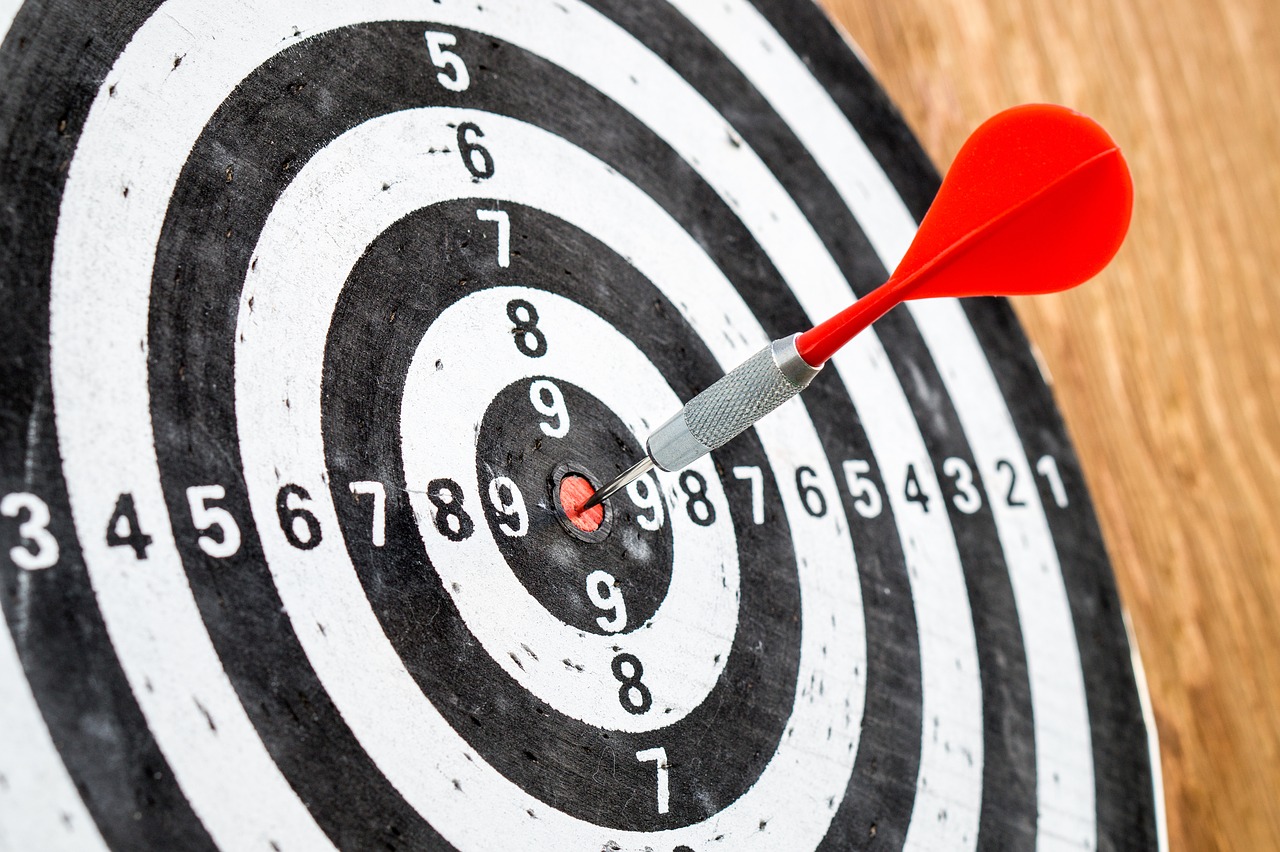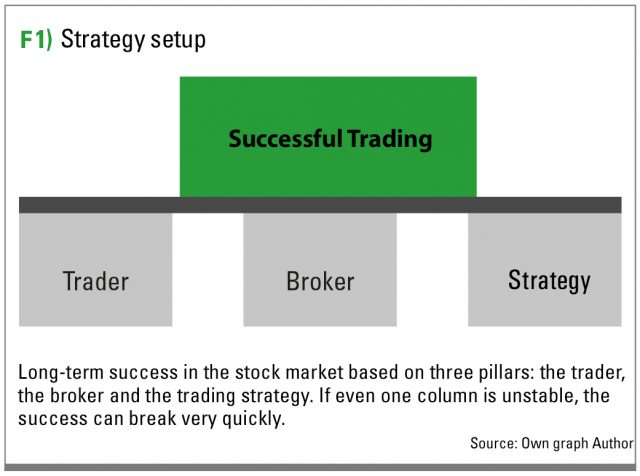The pillars of success

Why many traders lose money despite profitable strategy
The market of (fully automated) trading systems, signal providers, market letters and indicators is huge. Much of it, however, will disappear within a few months. Very few offers are also profitable in the long term. It is clear that there are really profitable strategies. The question might arise, why do we not all are successful in the market.
The problem is mostly the Trader himself
Some well-known and successful traders have stopped giving out their strategies in trainings or seminars. Not because they do not want to share their success, but because most of the participants cannot do anything with these strategies. This is not because that the participants are not smart enough, but rather the fact that they have a misconception of the strategy and the market. They get the parameters, see the live performance of the past decade and start to trade their own money. Then the classic course follows: Profits are made, the volume is increased, first losses come and the strict parameters are thrown overboard. Finally, it comes to a margin call. The developer of the strategy however will continue to adhere strictly to the parameters and is very far from a margin call. Maybe he undergoes a temporary loss phase, in the long term, however, his account grows.
False expectations and habits
Many traders have very unrealistic expectations from trading. They aim to generate steady profits and are investing as little money as possible or lose in the short term. Subscribe quickly to a signal provider, search for the “best” Trader and attach to your own account – done! The first trades are implemented and put the discipline to the test. Usually this is the beginning of the (depot-) end.
A trading -beginning cannot only run positive or negative, but also volatile
What scenarios occur frequently?
- The strategy starts running well: The first trades are above average. Just opened an account and you are already in profit. No realized losses and barely visible unrealized losses. This has the consequence that the volume is going to be increased quite fast – much too high. Once the above-average period is over and the first losses are realized, problems arise. They are larger than planned at the beginning of the strategy and way too big for the own account.
- The strategy begins with a drawdown: The launch of a strategy can also go completely the other way. We trade in a significant drawdown phase. This in turn means that we very quickly doubt the strategy and no longer trade or do not start to adapt the defined rules.
- Volatile Start: A start cannot run just positive or negative, but also volatile. In this phase, the strategy does not get anywhere in terms of profits. 50 pips profit 47 pips loss, 20 pips profit and so on. A lot of time passes without major gains in the account. After four weeks of back and forth, our discipline is challenged.
Earn money with a profitable trading strategy
So what is one to do, if he gets or creates a profitable trading strategy in the form of signals, or fully automated trading systems or as a simple PDF? It does not matter where the strategy comes from or in what form – we need to understand it. We need to understand why a strategy on the market makes money. It is particularly important to understand the following points:
- In which market phases, works the strategy particularly well?
- With which assets does the strategy function? For example, only certain shares or shares in a certain industry?
- What data are for purchasing decisions or selling decisions processed (indicators, day-level and so on)?
- What was the maximum drawdown in the past?
- How long the average positions are open?

If we have these values and have understood the strategy, we have to assume that the results from the past will take also place in the future (for example, maximum drawdown). Especially, when we trade with our real money. We have to put ourselves mentally in this situation. Will we remain disciplined even under these conditions? If not, an option would be to reduce the volume. If we do not know the events from the past (back test or last live trades) it is not recommended to trade live the strategy. So we are never able to truly realize whether the current drawdown is normal or we are in a phase in which we should consider suspending the strategy, to revise the strategy or decrease the volume.
The lack of capital
As a successful trader you should not define the expectations in absolute euro-amounts. More advisable are percentages or pips or ticks. How so? Who, for example, has only a 1000-euro account and each day earns three euros, he is very good. Hardly anyone, however, trade for three euros a day and take action based on a disciplined strategy or order for a lot of money signals or market letters. This is another point which can entice somebody to throw the profitable strategy over the pile. A very simple trick to get around this: Measure the profit expectations in percentages and not in euro amounts. Somebody who earns with a 1000 euro-account 100 percent a year has a very good performance – as long as he is disciplined and sticks to the strategy. With time – if more trading capital is available – the profits will be large enough.
Conclusion
The long-term success in the stock market is based on three pillars: the trader, the broker and the trading strategy (Figure 1). If even one column is unstable, the success can break very quickly. It brings nothing, when the broker reliably implements the orders and the trading-strategy had been proven profitable for ten years, but the trader at a drawdown of 1.5 percent becomes weak. If one begins to trade signals or his own strategy or runs a fully automated trading system, then it should be clarified in advance what to expect. How much money averagely per month the approach brings, how much is the average loss per trade and how much is the expected maximum Drawdown? And the question of questions: Can I keep on with in the future? Should I stay disciplined even if the system has brought a drawdown of ten per cent, although the maximum expected drawdown is 15 percent? If not, then the world best strategy does not bring anything.
David Warney
David Warney was employed from 2007 to 2015 as a trader and programmer in a proprietary trading firm. There he developed trading strategies and programmed fully automatic trading systems. At the end of 2015 he started his own trading company in Berlin. He has been active since 2008 as a private trader in the markets. mail@david-warney.de; www.business-trader.de

